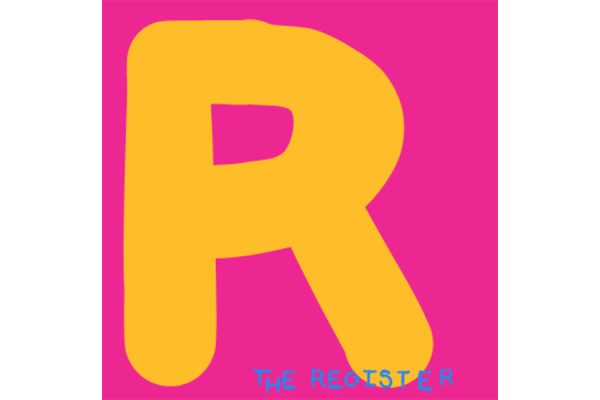Midterms: A First Impression
November 28, 2018
On November 6, 2018, America saw a profound change that will define politics for the coming years. This change was a turn to the Democratic party that was so sudden and great that some have deemed it a “blue wave.” This is because the Democratic party gained 32 seats, which far outperformed nearly all expectations and more importantly, is enough to hold a strong majority in the House of Representatives. With this large gain, it’s important to look at what types of candidates the Democrats are running to have the success they’re currently experiencing.
This doesn’t only mean demographic factors like gender and race, though there were a record number of women were elected to the House of Representatives, but the ideals held by those candidates as well. There was a distinct pattern, like in Alexandria Ocasio-Cortez’s victory in New York and Lucy McBath’s victory in Georgia, of the Democrats beating Republicans not by staying close to the center and trying to sway moderate conservatives, but instead by moving further to the left. Using many left-wing ideas that are very popular, such as healthcare for all and gun control, these progressives resonated with the voters and helped ease their fears on these major issues. Using these policies motivated voters who hadn’t previously voted Democrat but moved there due to agreeing with further left-wing policies that Democrats hadn’t previously been advocating for.
However, there is some debate as to whether or not this can truly be called a “blue wave” when the Senate didn’t go for the Democrats, and in fact went further into Republican control. However, given the Senate seats that were up for reelection, it’s impressive that some of the races in deep-red states were as close as they were. A prime example of this is Beto O’Rourke far outperforming expectations and getting incredibly close to beating the longtime incumbent Ted Cruz, getting 48.3% of the vote while Cruz’s previous opponent, Paul Sadler, got just 40.5% of the vote, a gain of over 800,000 votes in a major Republican stronghold. The Democrats were expected to lose worse in the senate and gain less in the House, so calls of a great rise in Democrat popularity aren’t unwarranted, despite not absolutely dominating the midterms in every house.
This major shift towards the Democrats can even be seen right here in Iowa, where our members of the House of Representatives went from three Republicans and one Democrat to three Democrats and one Republican.
“But why does controlling the House even matter?” you might ask. It’s because the House of Representatives is where committees are determined, including the Intelligence Committee, which has the power to subpoena Trump’s tax returns, which were previously unattainable due to Republican control of the House and thus controlling the committees that would be able to get that information. Also, that great of a majority in the House means that even if some moderate Democrats vote in favor of Trump’s policies, his legislation still won’t be able to get past the House. They’ll have some degree of ability to help and protect the Mueller investigation too–an investigation into whether or not Trump’s campaign colluded with Russia, because there’s always the threat that if Trump stops or hampers the investigation that the House could just bring Mueller in as an investigator for the Intelligence Committee, which he then wouldn’t be able to control. But possibly most important is that the investigations for impeachment start in the House and they are the ones that put the President on trial, even if the Senate votes against it. This means that the House will be able to investigate Trump in greater detail and unveil the truth, which, if it were important enough, could lead to the President’s removal, even with a Republican Senate. And even if he isn’t removed from office, despite proper reason, it could still do damage to his political agenda to have to focus on keeping office instead of trying to pass legislation.
The potential for change is great with the coming Congress, but we’ll just have to wait and see come January if this is all outlandish hyperbole, or the new direction of the nation.




















































